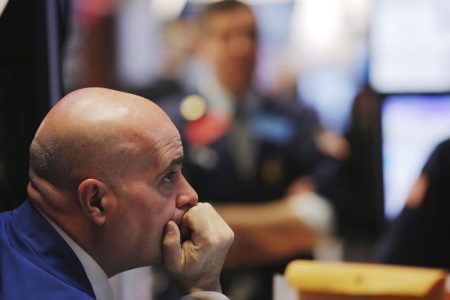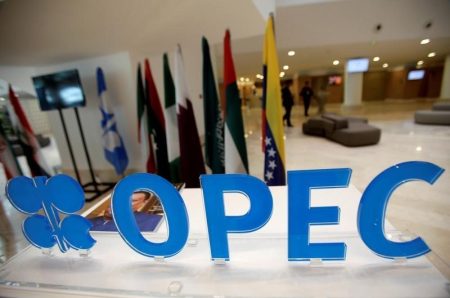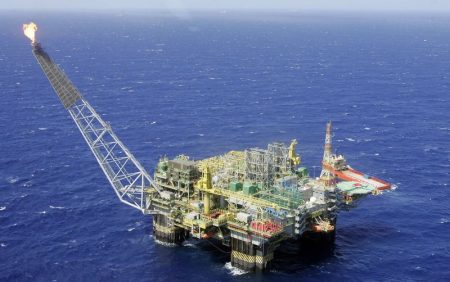By Andrew Hayley and Trixie Yap
(Reuters) -Oil prices rose on Friday on worries over tightening supply, with the market looking ahead to the International Energy Agency’s (IEA) monthly report later in the day to clarify the global demand outlook.
futures climbed 36 cents, or 0.42%, to $86.45 per barrel by 0600 GMT. West Texas Intermediate crude futures (WTI) rose 43 cents, or 0.52%, to $82.59 a barrel.
Both benchmarks fell more than 1% in the previous session.
“Russian exports are showing signs of weakening as production is reported to have been curtailed by 700,000 barrels per day (bpd),” said analysts from ANZ Bank in a client note.
Investors are also focused on the IEA’s monthly oil market report to be released later on Friday. The possibility that the agency might downgrade the global demand outlook over faltering macroeconomic growth is helping to cap prices.
A report from the Organization of the Petroleum Exporting Countries (OPEC) released on Thursday pointed to downside risks in summer demand, citing a weaker growth backdrop, tighter monetary policy and instability in the global financial sector.
Chinese trade data on Thursday, however, showed that crude imports by the world’s second-largest oil consumer rose 22.5% year-on-year in March, stoking bullish sentiment regarding China’s economic recovery.
“Despite renewed economic pressures in the U.S. and Europe, global demand for mobility fuels has increased 2.2 million bpd during the reference week ending April 8, compared to year-ago levels,” JP Morgan analysts said in a client note.
A rebound in China along with other Asia countries accounted for two-thirds of global mobility fuel demand growth, the analysts said.
Friday morning’s marginally higher levels come at the end of a week in which both benchmarks reached their highest levels in more than two months on decelerating U.S. inflation data and a weakening dollar.
WTI has jumped 2% so far this week and Brent is 1.3% higher, with both heading for a fourth straight week of gains.
The was trading at roughly a one-year low, after U.S. consumer and producer price data releases this week raised expectations that the Fed was approaching the end of its rate hiking cycle.
The weakening greenback makes dollar-denominated oil cheaper for investors holding other currencies, boosting demand.
Analysts say current prices could be close to a technical ceiling, however.
“It looks like the rally in crude prices has finally hit a wall,” OANDA analyst Edward Moya said in a note.
Oil prices are expected to record an upward trend but the increments are expected to be capped at $90 a barrel, said CMC Markets analyst Leon Li.
Read the full article here
















